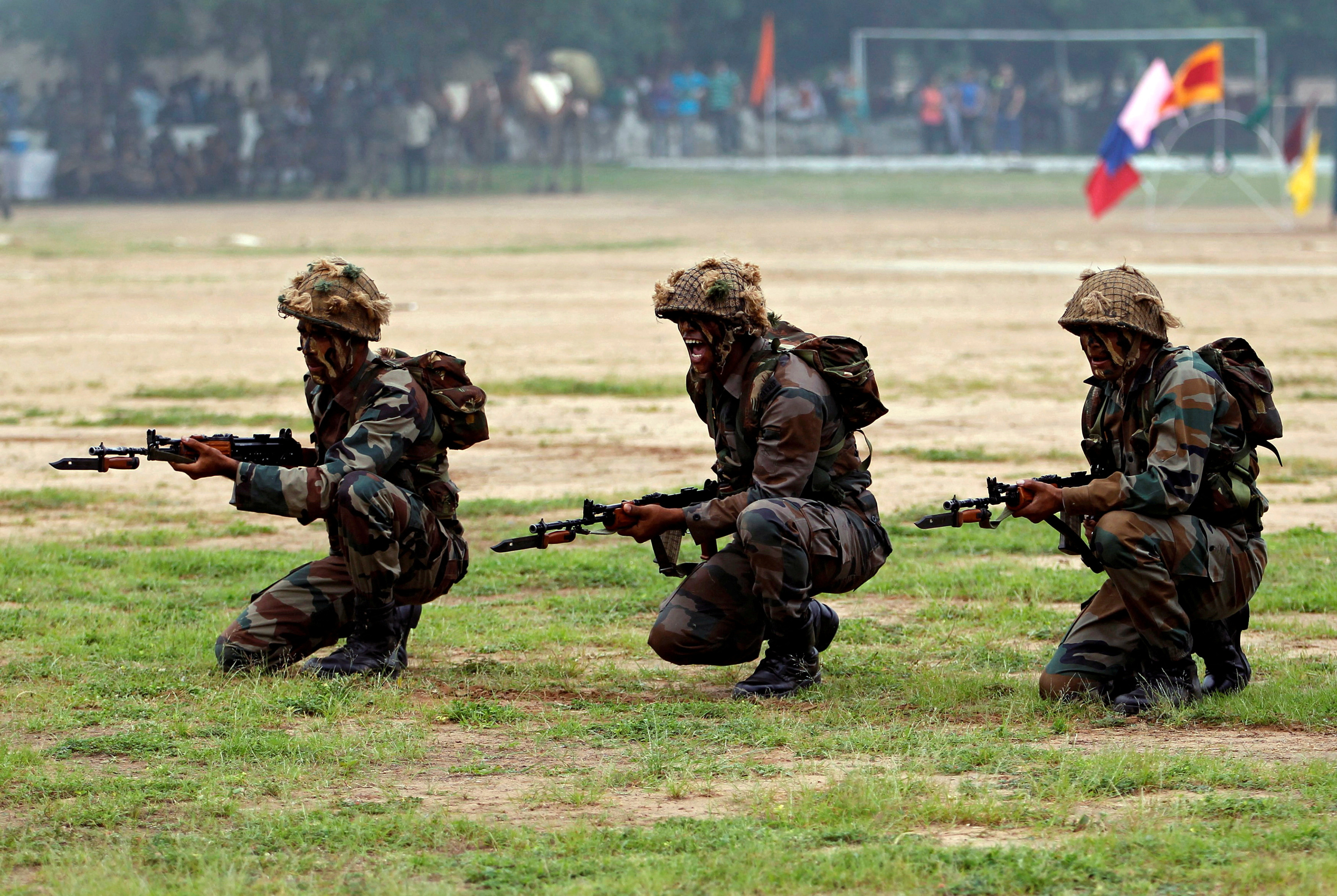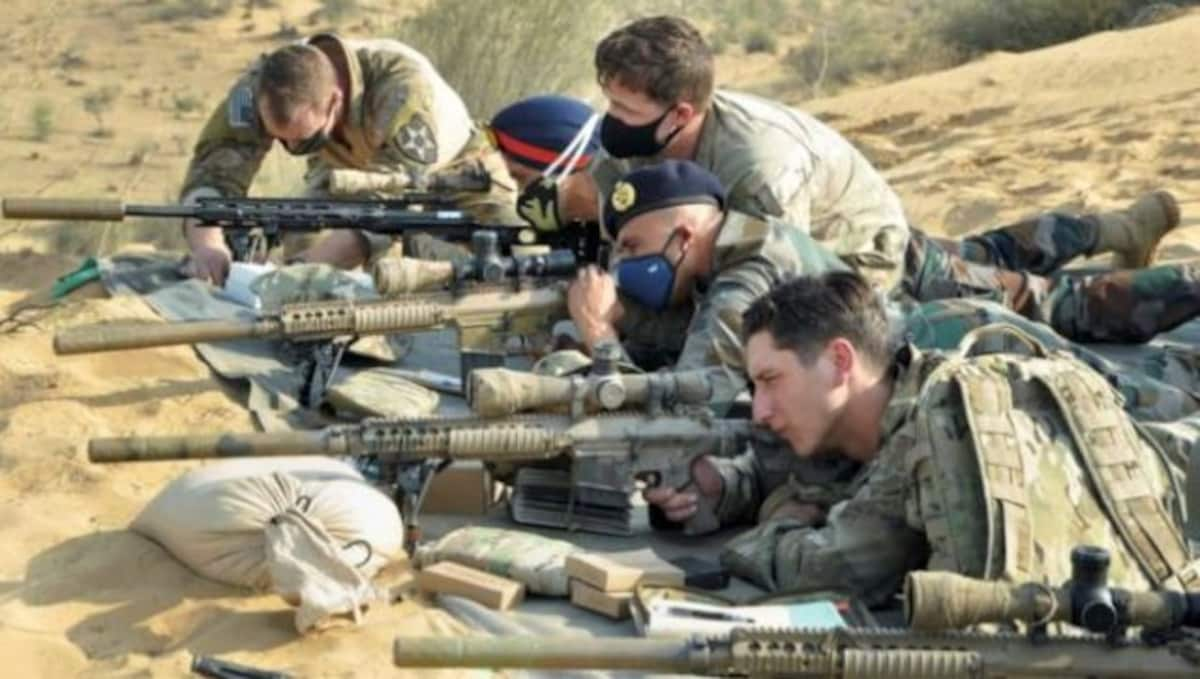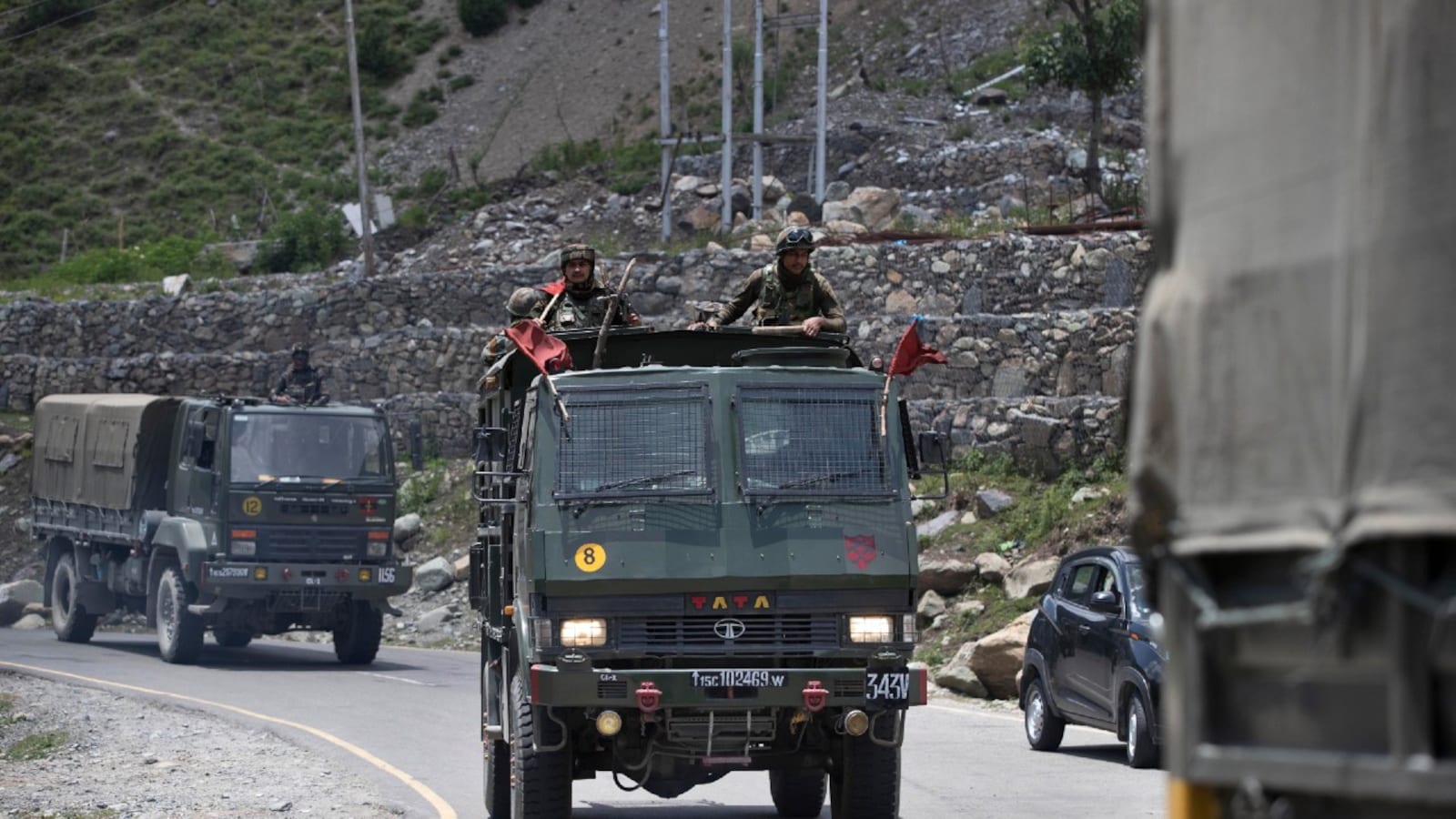A joint military exercise between India and the US could bring new technologies to the Indian Army

A joint military exercise between India and the US could bring new technologies to the Indian Army
During its standoff with China in the LAC region, India could benefit from the US’s expertise in mountain warfare and high-altitude technologies.
A high-altitude military exercise is scheduled between October 14-31 between the Indian Army; and the US Army in Ladakh, near the Line of Actual Control (LAC), where India and China are currently engaged in an active military standoff. India will demonstrate high altitude or mountain warfare strategies and tactics as part of the 15th round of Yudh Abhyas. Likewise, the US Army will demonstrate its mountainous terrain-friendly technologies.
Technologies developed by the US for Indian use
The use of communications technology in high-altitude mountainous environments is one of the required fields. The US Army has already begun implementing new intelligence, surveillance, and reconnaissance (ISR) systems for use in high-altitude settings. Consider the Airborne Reconnaissance and Electronic Warfare System (ARES), a platform that is airborne and used by the US Army for aerial intelligence, surveillance, and reconnaissance. These tests were recently conducted in the Indo-Pacific. Even though the most recent data indicates that it is still in the technology demonstration stage, it won’t be long before it is put through a full-fledged operational deployment.
The ARES was sent to the Indo-Pacific in April for active duty. The ARES is a business jet-based technology demonstration that will aid in the gathering and processing of real-time intelligence. Processing, Exploitation, and Dissemination are the 3 components of intelligence collecting that the ARES assists with (PED). When the joint exercises Yudh Abhyas take place later in October of this year, the Indian Army may be able to see the capabilities of the ARES system even though it is simply a technology demonstration and not yet ready for operational deployment, let alone sale. Other technical prowess that the US Army may display goes beyond the ARES system.
Technologies are being tested to create methods by which soldiers, deployed for action in undulating mountain terrain, can communicate with senior commanders who are far away in what the US Army refers to as “a passively denied environment”—a situation where natural obstacles created by mountain features like valleys and mountain folds form barriers against Radio Frequency (RF) and communication relays.
The US Army is now exploring a system called the “Aerial Tier Network” made up of a swarm of drones to get around the challenges posed by these geological elements of mountainous terrain. These drones are made to transmit downward and receive signals and communications upward from the ground, allowing the signs to “hop” over obstacles and enable communication between soldiers across a rough, mountainous battlefield, such as between two valleys divided by a mountain ridgeline, by using a network of high aerial platforms (HAPs).

When it comes to conducting military operations, poor communication is likely to cause significant disruptions, to the point where soldiers may not only lose touch with one another but may also be unable to coordinate and synchronize their responses to enemy activity in the absence of signal relays. Loss of communication among scattered infantry combat units in a hilly area might provide the adversary opportunity to conduct ambushes, obstruct troop mobility, and bring in reinforcements.
Right now, satellites are used for relay or transmission of communications. The drawbacks of satellites include their susceptibility to jamming and the possibility of their destruction by kinetic or non-kinetic counter-space weapons like anti-satellite (ASAT) missiles. HAPs can be used to combat the People’s Republic of China (PRC) and Pakistan, two countries that continuously threaten India.
They provide greater flexibility than satellites do. It is logical to supplement satellite communications with HAPs in today’s sensor-heavy battlefields so that enemy positions can be tracked and located, artillery guns can be directed accurately, and infantry units and armoured units can cooperate closely during operations in high-altitude terrain.
It will at the very least, be helpful, if not a vital imperative, to leverage high-altitude technologies that the Americans are likely to showcase if precision firepower can be effectively applied to highly dispersed targets under rarefied atmospheric conditions – a key characteristic of high-altitude terrain.
Technologies for High Altitudes and Mountain Warfare

From an Indian perspective, the army will be able to use this high-altitude technology in its operational strategy and tactics in mountain warfare. To be precise, American mountain warfare-focused technology cannot be accessed now. However, the US Army’s presentation will provide a glimpse into what to expect and how these technologies may be used in mountain military operations for the Indian Army. Additionally, it will enable the Indian Army to evaluate how well its ISR capabilities operate in comparison to those of the US during high-altitude operations.
In turn, the Indian Army’s decades of expertise and experience in high-altitude fighting may benefit the US Army. The Americans, on the other hand, are not novices or amateurs in this area. American ground soldiers have gained a significant amount of expertise fighting the Taliban and Al Qaeda terrorist organizations in Afghanistan’s arid mountainous terrain over the years.
These technologies could support India’s initiatives in this regard. India is reportedly buying swarm drones to fulfil ISR requirements for military operations in hilly terrain. This is in line with recent claims.
To meet the ISR and communication demands of its ground troops, which include armoured, artillery, and infantry forces stationed in Eastern Ladakh, the Indian Army is planning to purchase two swarm drone systems built by two Bengaluru-based start-ups. These uncrewed aerial vehicles (UAVs) will aid the Indian Army in synchronizing armoured, mechanized, and infantry-based defensive and offensive operations as well as relaying communications, gathering surveillance data, and gathering intelligence about the movements and deployment patterns of the enemy force that involve concealment and deception.
Uncertainty exists over the Electronic Warfare (EW) capabilities these drone sets have for electromagnetic spectrum activity. The electromagnetic environment will be dense during any military confrontation between India and China. Considering that the Indian Army doesn’t have significant EW capabilities in its order of battle, suppressing enemy defence, conducting electronic attacks (EA), providing electronic support (ES), and ensuring electronic protection (EP) are all crucial for dominating the Electromagnetic Spectrum, or at the very least to prevent PLA ground and air forces from dominating it.
During a war with India, China’s dominance of the EMS would prevent India from gaining situational awareness, communicating with its weapons systems, and guiding them. The MQ-1 Gray Eagle drone-mounted Multi-Function Electronic Warfare – At Large (AFEW-AL) pod is currently being integrated by the US Army. In the upcoming Yudh Abhyas exercise, the Indian Army would be wise to request that the Americans demonstrate this capacity.
Conclusion

In the future, India could also develop some of these technologies on its own without a lot of outside help, despite Washington’s desire and preference for the Indian Army to source technology from the US today. But for the time being, the focus should be on assessing and figuring out how much American technology is useful and successful in addressing the demanding requirements of mountain combat.
Despite the Indian Army’s purchase of swarm drones, they should hold off on passing judgment and wait for the American demonstration, which may highlight complementarities as well as strengths and problems with its swarm drone deployments.
edited and proofread by nikita sharma




